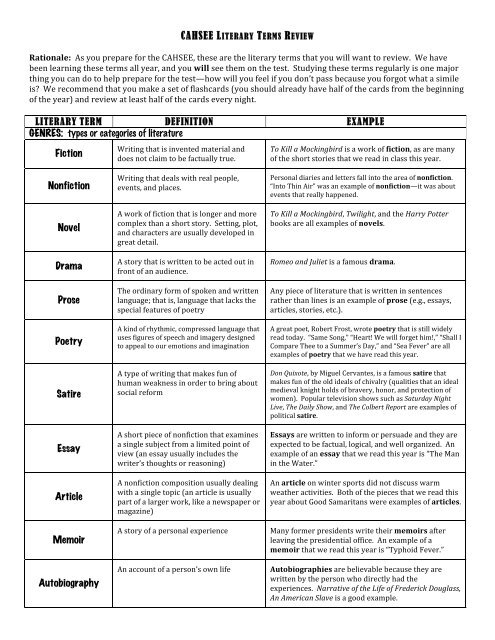

For example, “Suzy tasted the acrid flavour of high octane fuel as her pit crew filled the tank.” When composers use gustatory imagery, they describe how things taste. Gustatory imagery – Gustatory refers to how things taste.For example, “Tom Waits is famed for his coarse gravelly voice.” Auditory imagery conveys how things sound to an audience. Auditory imagery – Auditory refers to how things sound.When people think of imagery, they usually think of visual imagery. Visual imagery – Visual imagery describes how things appear.For example, “The toad was slimy in her hands.” Tactile imagery describes how things feel to the touch. Tactile imagery – Tactile refers to the sense of touching things.For example, “The mechanic stank of petrol.” Thus, olfactory imagery refers to descriptions of smells and odours. Olfactory imagery – Olfactory refers to that which we can smell.

Use the free textual analysis planner to develop your study notes and keep track of your possible arguments.Īs we mentioned above, there are several different varieties of imagery: Need help developing and organising your analysis of imagery? Let’s see what they are and how they work! In other words, never use simply ‘imagery,’ but alwaysĬlearly, there are different types of imagery. Imagery is language that evokes one of the five senses, and you must always refer to the specific kind.

It describes things for a reader so they can get an accurate sense of what the composer is trying to represent. Imagery is one of the most common and most effective techniques used in texts. In this post, we will discuss the literary technique of IMAGERY. Read on while we show you some examples, discuss its effect in these examples, and explain how you should discuss it in your responses.

Here are some common questions asked about imagery: This post expands on the definitions found in our Literary Techniques Part 1: Techniques for Analysing a Written Text post. Welcome to our glossary of literary techniques: imagery post.


 0 kommentar(er)
0 kommentar(er)
